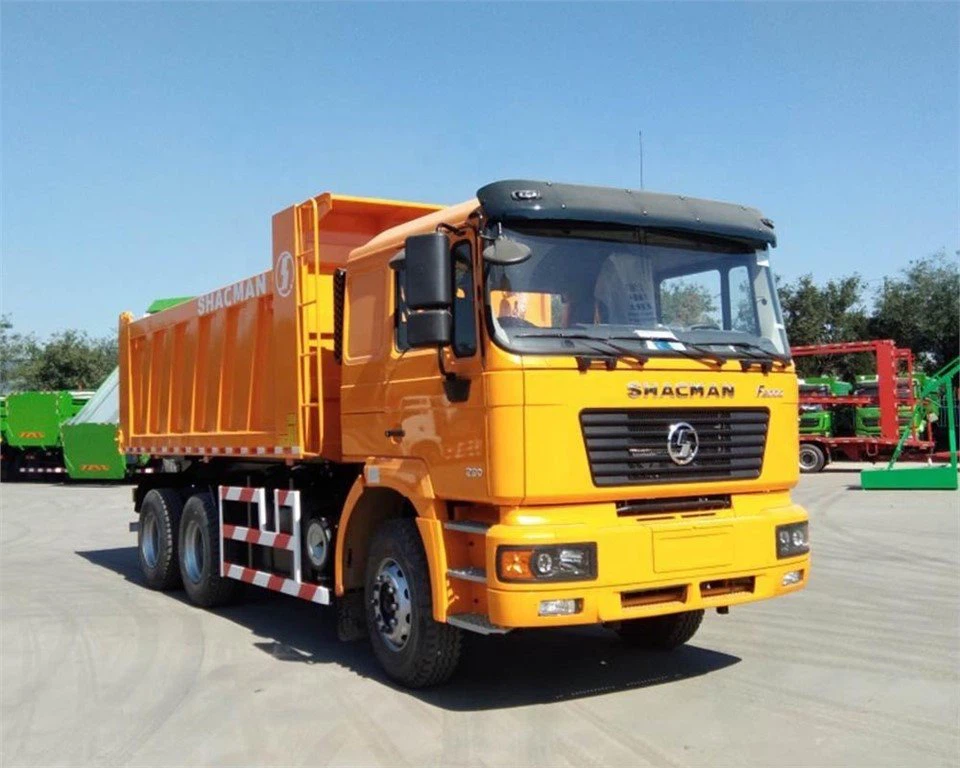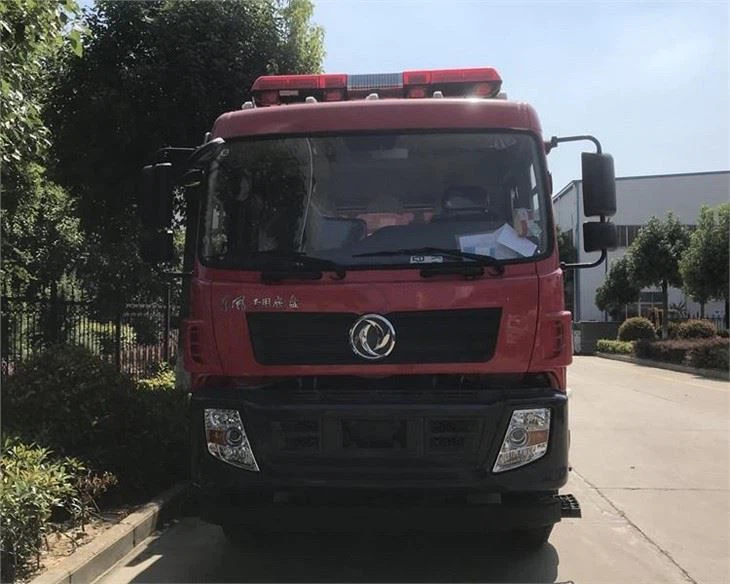All You Need to Know About Truck Trash Compactors

Introduction
Truck trash compactors are essential vehicles in waste management, designed to help municipalities and private companies efficiently collect and transport waste. These specialized trucks compress waste to maximize storage, reduce the frequency of pickups, and optimize the disposal process. This article explores the various types of truck trash compactors, their components, benefits, and much more, ensuring you have a comprehensive understanding of this vital equipment.
What is a Truck Trash Compactor?
A truck trash compactor is a heavy-duty vehicle equipped with a compaction unit designed to reduce the volume of waste. By compressing trash, these trucks can carry more waste per trip, which decreases transportation costs and environmental impact. The two primary types of truck trash compactors include rear-load and front-load compactors, each suited for different applications.
Types of Truck Trash Compactors
| Type | Description | Best Usage |
|---|---|---|
| Rear-Load Compactors | Features a large hopper at the back where workers can dump waste. | Residential and small commercial waste collection. |
| Front-Load Compactors | The loading mechanism is located at the front, allowing for easy access and quick loading. | Larger commercial venues and industrial waste management. |
| Side-Load Compactors | Offers loading from the side, often equipped with mechanical arms. | Getting into tight spaces, ideal for urban environments. |
Components of a Truck Trash Compactor
Chassis and Frame
The chassis is the foundation of the truck, providing structural integrity and support for the compaction system. It is built to withstand heavy loads and rough terrain.
Compaction Mechanism
The heart of the truck trash compactor is its compaction system, typically powered by hydraulic mechanisms. This system compresses the waste inside the container, allowing for a greater volume of trash to be transported.
Hydraulic System
The hydraulic system controls the lifting, lowering, and compaction processes. It plays a crucial role in the performance and efficiency of the compactor.

Discharge System
Many compactors feature a discharge mechanism that enables the driver to empty the contents of the compactor with ease. This can include automated systems for quick unloading.
Benefits of Using Truck Trash Compactors
Increased Efficiency
By compressing waste, truck trash compactors can transport significantly more trash in a single trip. This efficiency translates to reduced fuel consumption and fewer trips to the landfill.
Cost Savings
With better efficiency and fewer trips needed, companies can save on labor and operational costs. Reduced wear and tear on vehicles also contribute to lower maintenance expenses.
Environmental Impact
Less vehicle trips mean reduced emissions and a smaller carbon footprint. By using truck trash compactors, waste management companies can adhere to environmental regulations more effectively.
Improved Public Health
Keeping waste contained and properly disposed of reduces the risk of pest infestations and the spread of disease, benefiting community health overall.
Choosing the Right Truck Trash Compactor
Assessing Your Needs
Before purchasing or renting a truck trash compactor, assess the volume and type of waste you will be handling. Consider weight restrictions and frequency of pickups needed.
Evaluating Features
Look for features that match your operational needs, such as hydraulic mechanisms, compaction ratios, and loading capabilities. A reliable and robust compaction system is essential for performance.
Budget Considerations
Factor in both the initial cost and any ongoing maintenance costs. A higher upfront investment might save you money in the long run if the truck is more efficient and durable.
Proper Maintenance of Truck Trash Compacting Equipment
Regular Inspections
Conduct regular inspections to identify wear and tear on key components such as the hydraulic system and compaction mechanism. Early identification of issues can prevent major breakdowns.
Hydraulic System Maintenance
The hydraulic system requires routine checks for fluid levels and contamination. Regular fluid changes and filtering can keep the system running smoothly.
Cleaning and Sanitization
Keep the compaction chamber and exterior clean to prevent odors and pest issues. Regular cleaning also helps in identifying potential mechanical problems before they worsen.
Scheduled Service
Work with a professional service to conduct comprehensive maintenance on a scheduled basis. This can include checks of mechanical and electrical systems and overall performance evaluations.
Common Misconceptions About Truck Trash Compactors
They Are Only for Large Commercial Use
While truck trash compactors are often utilized by larger operations, they are also highly effective for residential and small commercial waste management.
They Can Handle Any Type of Waste
Truck trash compactors are designed for general waste but may not be appropriate for hazardous materials or oversized items. It’s essential to know the limitations of your truck.
High Operating Costs
Though there are initial costs, the long-term savings from reduced trips and maintenance can make compactors very economical in the right scenarios.
Regulations and Compliance in Waste Management
Local Guidelines
Each municipality may have specific guidelines regarding waste disposal and collection frequency. Understanding local regulations can help ensure compliance.
Environmental Regulations
Complying with environmental laws regarding emissions and waste management practices not only prevents legal issues but also promotes a more sustainable community.
Future Trends in Truck Trash Compactors
Smart Technology Integration
With the rise of IoT (Internet of Things), many manufacturers are integrating smart technology to monitor performance, track waste volume, and optimize collection routes.
Electric and Alternative Fuel Options

As environmental concerns grow, the trucking industry is exploring electric and alternative fuel options for trash compactors, reducing reliance on fossil fuels and lowering emissions.
Enhanced Ergonomics and Safety Features
Future designs are likely to place a strong emphasis on operator comfort and safety, including advancements like improved visibility and automated controls to minimize physical strain.
FAQs About Truck Trash Compactors
1. How does a truck trash compactor work?

A truck trash compactor uses a hydraulic system to compress waste in its chamber. This allows for a greater volume of waste to be collected in fewer trips.
2. What types of waste can be compacted?
Truck trash compactors are generally designed for general solid waste, but not for hazardous materials or oversized items that may require special handling.
3. Where can I rent or buy a truck trash compactor?
Many vehicle rental services and specialized manufacturers offer truck trash compactors for rent or sale. Research local vendors and compare options based on your needs.
4. What are the maintenance requirements for truck trash compactors?
Regular inspections of the hydraulic system, cleaning of the compaction chamber, and adherence to a scheduled service plan are essential for effective maintenance.
5. How can I ensure compliance with waste regulations?
Familiarize yourself with local and environmental regulations regarding waste management and ensure your operations adhere to these guidelines.
6. Are truck trash compactors environmentally friendly?
Yes, they are environmentally friendly when used correctly, as they reduce vehicle trips, leading to lower emissions and a smaller carbon footprint.
